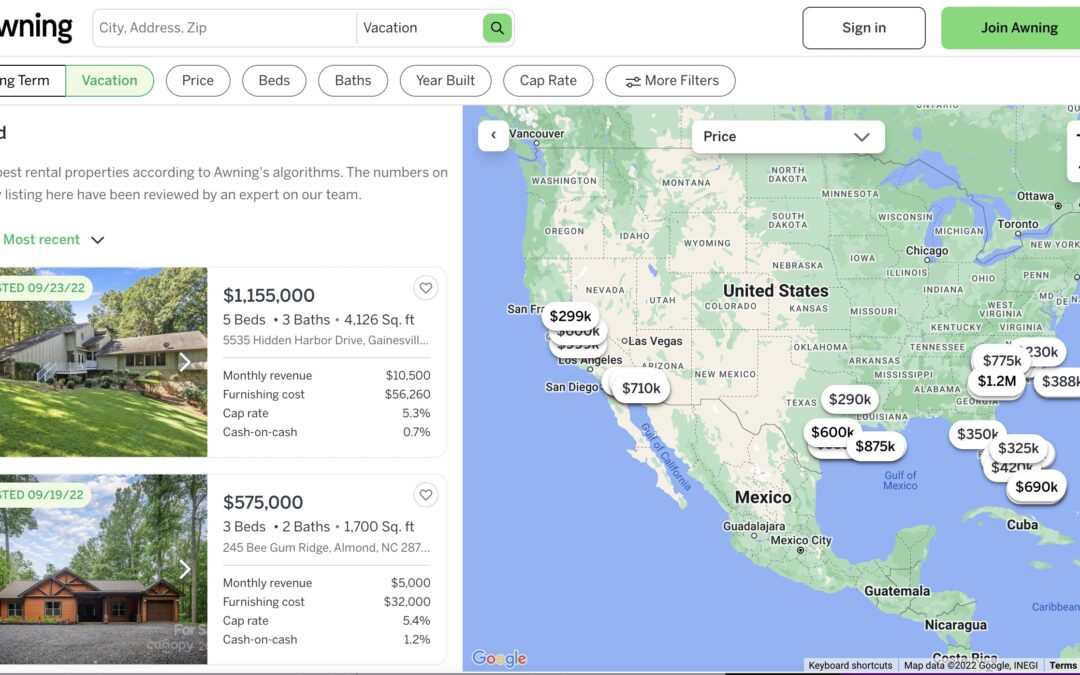We represented a company called Awning. It was a startup trying to get people to invest in rental properties at a time when private rental homes were becoming the fastest-growing sector of the American housing market (The New York Times),
The Awning platform, which was built by Shri Ganeshram, a Forbes 30 Under 30 alum, and his business partner, Danaus Chang, uses machine learning to identify the best single family rental properties in select markets for individual investors, wherever they may be. Prospective investors are paired with advisors to make them aware of Awning’s properties, help them identify interesting properties, secure financing, buy those homes and then rent them.
But Awning was only active in two states at that time. So, we came to the conclusion that our PR campaign required a market by market focus, even as we worked on national features in Business Insider and TechCrunch to establish their brand and reputation. Localizing the message was essential in order to elevate the brand in markets where they had inventory, even if the prospective buyers were elsewhere.
We urged Awning to publish city-by-city data that we could promote. Data was the door opener we’d need in local markets to get them the visibility they required. While we waited for Awning’s analysts to develop data to be converted into reports that we could tout to local media, we focused on pitching Awning experts – brokers and property managers – also to local media. And, to further maximize Awning’s local market strength, we assembled a list of top cities for real estate investment.
All this local activity paid off. We were successful in working with Awning to create market reports for Austin and Houston which we used to secure stories in outlets including Axios, Houstonia and Houston Agent Magazine. And set the stage for PR support in succeeding markets as they went online.
While the temptation might be to dismiss local PR as small time, or uninteresting, it’s often local momentum that moves the needle for businesses like Awning that depend on the dynamics of local market economies and rely on local word of mouth.
